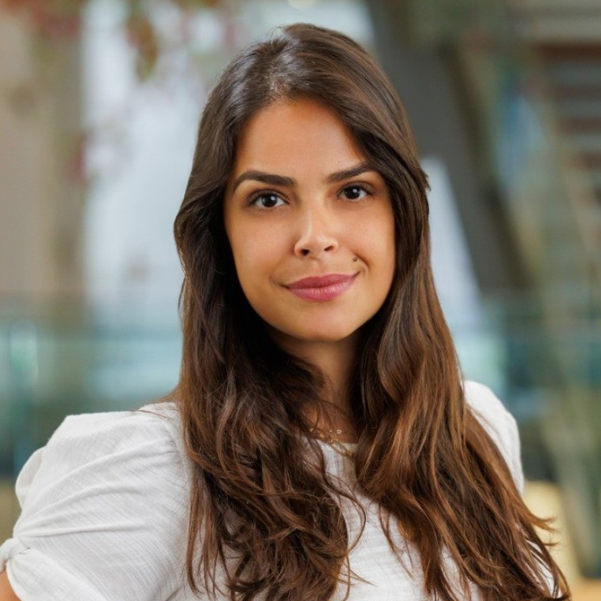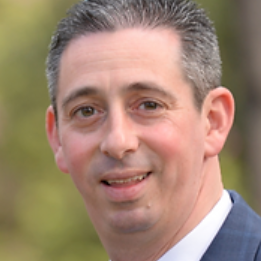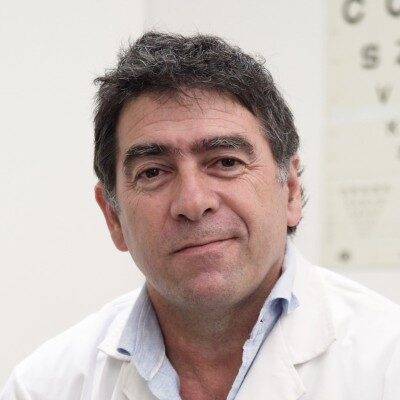SPEAKER INTERVIEWS
Melina Cavichini, Senior Medical Director, 4DMT
What do you find most exciting right now in the ophthalmic delivery space right now?


As a professional in the field, I find it incredibly exciting to see the rapid innovation occurring in ophthalmic delivery. After a long period with limited treatment options for retinal diseases, it's inspiring to witness the emergence of diverse therapeutic approaches and advanced technologies being developed to improve outcomes for patients.
As a speaker for the 3rd Ophthalmic Delivery Summit, what are you most looking forward to?


I am most looking forward to seeing what new advancements and innovations are emerging in the field. It's always exciting to learn about the latest developments and promising technologies shaping the future of ophthalmic delivery. I’m also eager to share my knowledge and experiences, contributing to meaningful discussions and collaborations that drive the field forward.
In your view, which delivery technology holds the most promise for the future of ophthalmic delivery?


I believe the future of ophthalmic delivery lies in the convergence of sustained-release technologies, gene therapy, and targeted delivery systems. Biodegradable implants and nanoparticles are revolutionizing drug administration by ensuring consistent, long-term treatment while reducing patient burden. Meanwhile, gene therapy offers groundbreaking potential to address retinal diseases at their genetic root, providing durable and highly targeted solutions. Combining these advancements with precise delivery systems could fundamentally reshape how we treat and manage complex ophthalmic conditions, driving both innovation and improved patient outcomes.
What first sparked your interest in ophthalmology and how has this evolved in recent times?


My interest in ophthalmology began in childhood, rooted in my belief that eyes and the gift of sight are truly precious. This passion drove me to pursue a career as an ophthalmologist, where I spent 11 years as a Retina Specialist. During that time, I found immense joy and purpose in restoring vision and helping people reconnect with the things and people they love. Eventually, I transitioned into the industry to broaden my impact, dedicating myself to developing innovative solutions that enhance vision and improve quality of life for people around the world, empowering them to live fuller, more connected lives.
Moshe Weinstein, CEO, Everads Therapy
What do you find most exciting right now in the ophthalmic delivery space right now?


The number of technologies that are potentially enabling durable treatment and lowering the patient burden.
As a speaker for the 3rd Ophthalmic Delivery Summit, what are you most looking forward to?


Sharing data on our clinical experience with our suprachoroidal delivery technology, and touching base with others in the field.
In your view, which delivery technology holds the most promise for the future of ophthalmic delivery?


I am biased when I say suprachoroidal delivery
What first sparked your interest in ophthalmology and how has this evolved in recent times?


I got introduced to ophthalmology by chance: I was running a biotech company in the osteoarthritis field within an incubator, and 2 of the companies in the same incubator were ophthalmology companies. The CEOs of all companies would often get together and share experiences and learnings, and I got hooked on the world of ophthalmology. I later was hired as CEO of one of those companies, which today is Everads.
Mario Saravia, Principle Investigator, Buenos Aires Macula
What do you find most exciting right now in the ophthalmic delivery space right now?


Definitely gene therapy is a game changer. Wound healing is a field that promises. Still we need bigger jumps in technology for surgery. We like to say that eye surgery is on the edge of technology but it isn't.
As a speaker for the 3rd Ophthalmic Delivery Summit, what are you most looking forward to?


In your view, which delivery technology holds the most promise for the future of ophthalmic delivery?


Programable and customized delivery is an unmet need. Technology is already available. Regulatory is needed to warrant safety, but bureaucracy is a burden. Developments are too slowly and costly because of paperwork. Bad for patients, bad for innovation.
What first sparked your interest in ophthalmology and how has this evolved in recent times?


I come from Pediatrics, more specifically Neonatology. When I moved to ophthalmology they put me to screen babies for ROP. I was delighted with trying to understand its pathophysiology. That drove me to a charming and early understanding of the new era to come, the antiangiogenics. Changes in neovascular disease's treatment we were lucky to live through were amazing. Now antiangiogenic therapy is getting old. A new era is coming for retina.